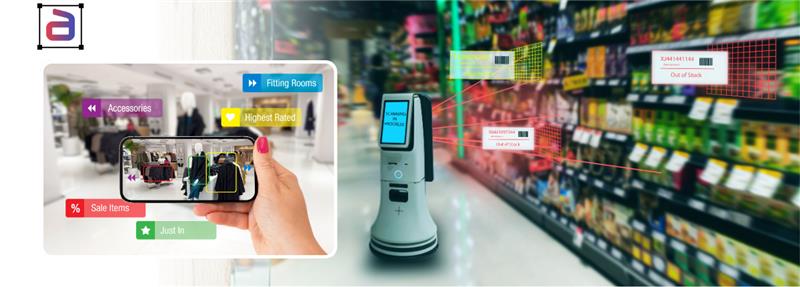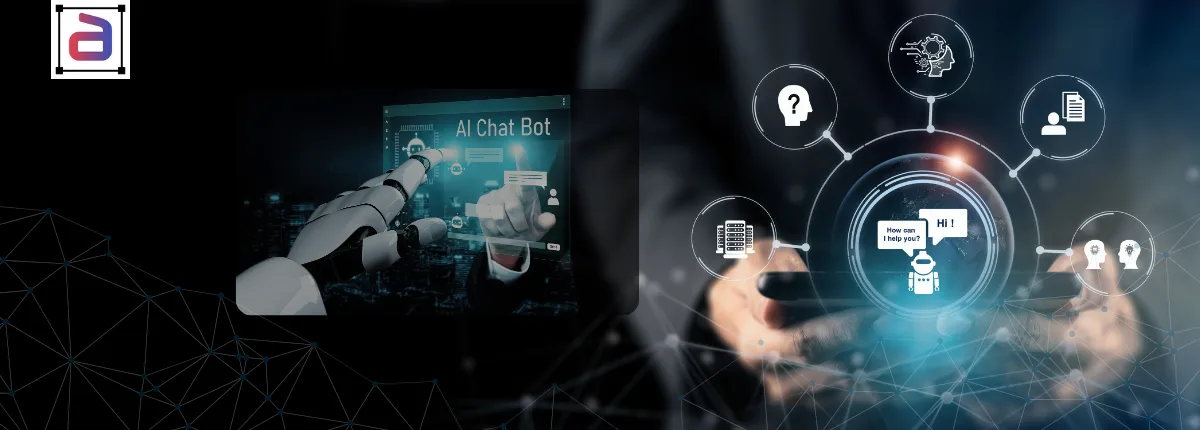The rise of generative AI has sparked global conversations about the future of work. Headlines often paint a picture of automation replacing human jobs, with data annotation frequently cited as one of the most “replaceable” tasks. But the reality is far more nuanced. Far from making annotators obsolete, Generative AI for Annotation is increasing their value. By streamlining repetitive tasks and enabling annotators to focus on complex, high-context decisions, generative AI is helping establish a new era of smarter, faster, and more human-centered annotation.
At Annotera, our perspective is clear: Generative AI for Annotation is not a threat—it’s a catalyst. It is reshaping the role of annotators into something more strategic, more impactful, and more essential than ever before.
The Myth of Replacement
There’s a prevailing myth that AI is making human annotation irrelevant. The assumption is simple: if AI can generate content or auto-label data, why do we need human annotators at all?
The answer lies in the complexity of human communication and real-world scenarios. Annotation is not just about putting labels on data—it’s about contextual understanding. Consider sarcasm in a social media post, medical nuance in a radiology image, or overlapping speech in a noisy call center. Generative AI for Annotation alone cannot resolve these ambiguities. Human annotators remain the guardians of accuracy, ethics, and inclusivity.
Why Human Annotators Are Still Essential
Human expertise remains irreplaceable because annotators do far more than label—they interpret and safeguard. Key contributions include:
- Contextual Judgment: Annotators understand cultural nuances, slang, and edge cases that generative AI misses.
- Quality Assurance: Humans validate AI outputs against gold standards to ensure accuracy in safety-critical domains like healthcare and autonomous driving.
- Bias Awareness: Annotators detect and correct systemic bias in training datasets. Without this, AI risks amplifying stereotypes and inequities.
- Ethical Guardrails: Human oversight prevents AI from producing outputs that are harmful, misleading, or offensive.
“AI can accelerate labeling, but it cannot replace the judgment, empathy, and ethical reasoning that human annotators bring.” — AI Ethics Researcher
How Generative AI for Annotation Supports Annotators
Generative AI for Annotation accelerates data labeling through automation, but human annotators remain essential for ensuring nuance and accuracy. While AI can generate large volumes of labeled data, it often struggles with context and ambiguity. Moreover, human expertise validates, refines, and corrects outputs—creating a balanced workflow that upholds data integrity and reliability. Generative AI for Annotation does have a transformative role to play—but as an enhancer, not a replacement. Key contributions include:
- Pre-Labeling: Generative AI can provide a first draft of annotations, leaving humans to refine and validate.
- Speed & Efficiency: Automating repetitive tasks lets annotators focus on complex and high-value data.
- Scalability: Annotators can manage larger datasets with AI support, making ambitious projects feasible.
- Continuous Learning: Annotators guide AI corrections, creating feedback loops that strengthen future performance.
This collaboration transforms annotators from data “labelers” to AI supervisors, whose expertise amplifies model accuracy and ethical reliability.
Industry Applications
The human + AI partnership is already delivering measurable value across industries. Generative AI for Annotation accelerates tasks, but human annotators provide the oversight, cultural understanding, and context needed to make outputs usable, safe, and accurate:
- Healthcare: Generative AI can pre-tag anomalies in radiology scans, highlighting potential tumors or irregularities. However, doctors and expert annotators validate these findings, ensuring clinical safety and reducing the risk of false positives or missed diagnoses. Annotators also help train models to understand rare conditions that automated systems might overlook. Hospitals adopting this hybrid approach report improved diagnostic confidence and shorter turnaround times for radiology analysis.
- Retail & NLP: AI sentiment tagging can quickly analyze millions of customer reviews and social media posts, but human annotators catch subtleties such as sarcasm, regional slang, or double meanings. This makes insights more actionable for brands that want to truly understand their customers’ feelings and behaviors. Retailers using this combination have seen more accurate customer sentiment dashboards and better-targeted marketing campaigns.
- Autonomous Vehicles: AI can reliably detect common objects like cars, pedestrians, or traffic lights. Annotators step in for ambiguous cases such as temporary construction zones, unusual weather patterns like heavy fog, or unexpected roadblocks. Their expertise ensures that training data prepares vehicles for the complexity of real-world driving. Some autonomous vehicle firms have reported a 20–25% reduction in misclassification errors after implementing human-AI collaborative annotation workflows.
- Voice AI: Generative models can handle large-scale transcription, but they often miss the emotional and phonetic nuances that shape meaning. Annotators refine speech data by tagging tone, stress, and intent—critical for applications like call center analytics or virtual assistants that need to detect frustration, urgency, or satisfaction. Call centers using this hybrid model report more accurate sentiment detection and better customer satisfaction scores.
Together, these examples demonstrate that the synergy of Generative AI for Annotation and human annotators is what makes advanced solutions practical, ethical, and effective in diverse industries.
Challenges in Human + AI Collaboration
While the collaboration between annotators and generative AI is promising, it comes with challenges:
- Over-Reliance Risk: Annotators may become too trusting of AI outputs, reducing diligence.
- Training Gaps: Annotators need to be trained in using AI-assisted tools effectively, shifting their role from manual labeling to supervisory oversight.
- Maintaining QA: Scaling annotation while maintaining high quality requires strict QA frameworks to catch errors before they influence model training.
- Bias in AI Outputs: Generative AI can reinforce biases present in training data. Annotators must remain vigilant in identifying and correcting these issues.
These challenges highlight the importance of human oversight—not as an optional step but as a critical layer of defense.
The Future: Human-AI Symbiosis With Generative AI For Annotation
Looking ahead, annotation will evolve into a human-AI symbiosis. Annotators will increasingly act as AI supervisors, ethicists, and quality guardians. Generative AI for Annotation will handle scale and repetitive pre-labeling, while humans will apply empathy, judgment, and ethical reasoning. The future of data labeling lies in human-AI symbiosis powered by Generative AI for Annotation. While AI handles large-scale automation, human experts ensure contextual precision and ethical oversight. Moreover, this collaboration enhances efficiency, adaptability, and trust—paving the way for faster, smarter, and more responsible AI development across industries.
This shift elevates the role of annotators, making them more valuable than ever. Instead of being seen as manual laborers, annotators will be recognized as strategic contributors to AI’s trustworthiness and societal impact.
Annotera’s Perspective For Generative AI For Annotation
At Annotera, we embrace this future. We’ve built our workflows around Human-in-the-Loop (HITL) principles, enhanced by Generative AI for Annotation. This approach ensures:
- Efficiency without Sacrifice: Generative AI speeds up processes, but human review guarantees accuracy.
- Ethics by Design: Annotators provide bias detection and cultural sensitivity, ensuring inclusivity in datasets.
- Scalable Precision: Large-scale projects benefit from AI’s speed and human quality control.
Case Example: Annotera partnered with a financial services firm to annotate millions of customer interactions. Generative AI for Annotation pre-labeled sentiment and intent, while human annotators refined and validated the data. The result: annotation speed improved by 40%, while overall model accuracy rose by 25%. Beyond efficiency, the company also reported stronger customer trust, as datasets reflected inclusive, bias-aware practices.
Executive Takeaway
Generative AI for Annotation is not replacing annotators—it’s redefining their importance. The future of annotation lies in the human-AI partnership, where annotators are more strategic, more valuable, and more essential than ever before.
“The winners in AI will be the organizations that combine the efficiency of generative models with the wisdom and oversight of human annotators.” — AI Strategist
Contact Annotera
The narrative of AI replacing humans misses the bigger picture. In annotation, Generative AI for Annotation is empowering annotators to take on more impactful roles, ensuring accuracy, ethics, and inclusivity. This is not the end of annotation—it’s its evolution.
Ready to embrace the future of annotation? Partner with Annotera to combine the best of generative AI and human expertise for datasets that power trustworthy, human-like AI.


